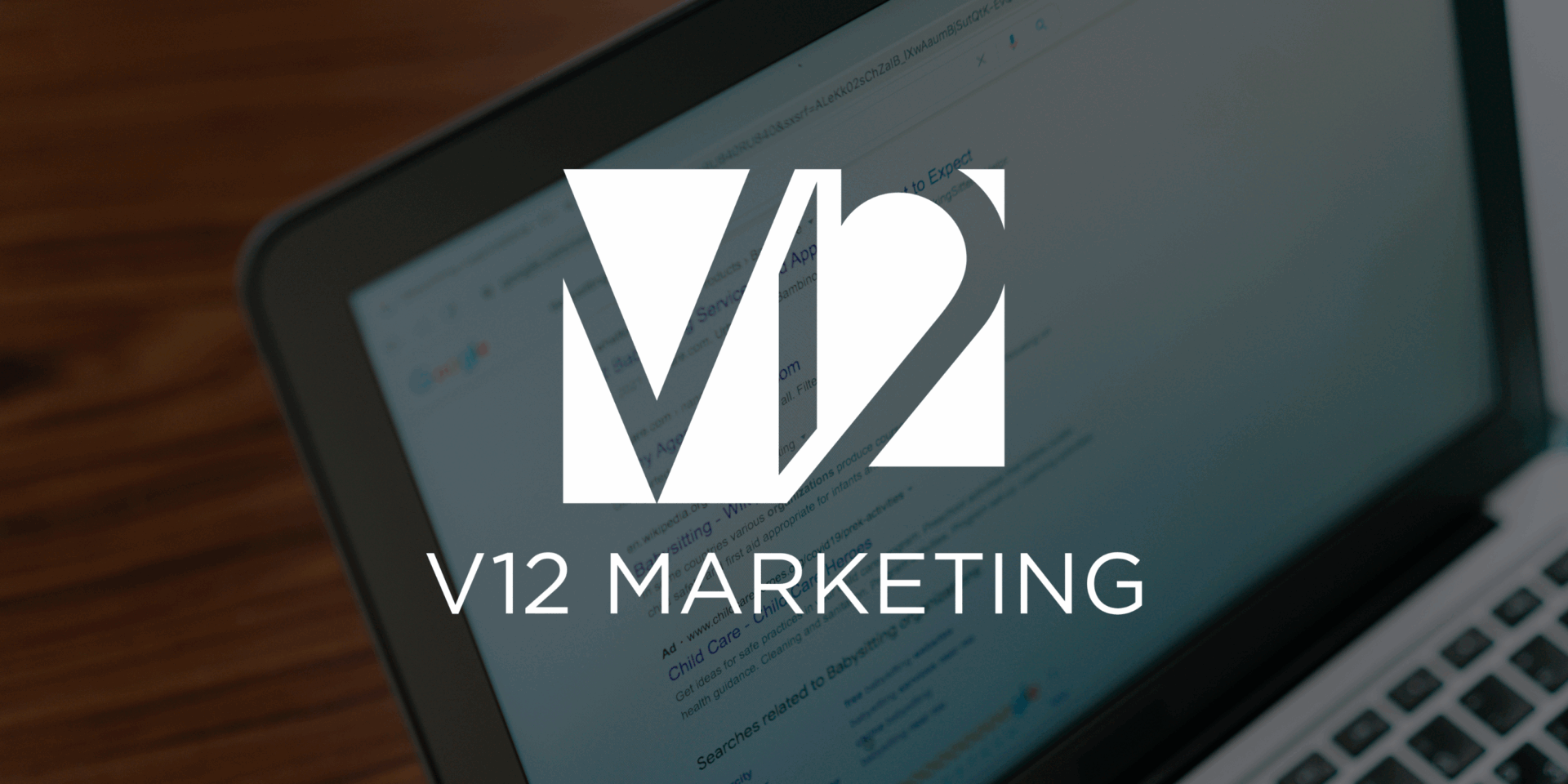
In the highly interconnected digital world of today, businesses are equipped with a wide range of marketing tools. Among them, cold emails frequently stick out because of their affordability, adaptability, and scalability.
However, they are also occasionally regarded with suspicion, mostly because of worries about spam and unsolicited correspondence. This thorough tutorial will walk you through the nuances of cold emailing by providing information on its advantages, difficulties, and recommended practices.
Recognizing Cold Emails
Unsolicited emails to prospective partners, clients, or stakeholders that you haven’t previously interacted with are known as cold emails. Creating new connections that can lead to business prospects is the aim. Cold emails are different from spam in that they are targeted and customized to the recipient’s requirements and interests.
Advantages of Cold Emails’ Cost-Effectiveness:
Cold emails are less expensive per lead than other marketing techniques. Sending emails comes at a very small incremental cost if you have an organized campaign established.
Scalability: You may contact thousands of prospects at once and customize the content at scale with email automation tools.
Easy Access to Those Who Make Decisions: Traditional gatekeepers can be circumvented by cold emails, giving you direct access to executives and decision-makers.
Targeting Flexibility: Emails can be customized to a recipient’s behavior, region, or demographics, enabling highly personalized communication.
Measurability: It is possible to track open, click-through, and conversion rates, which yields useful information for future campaign optimization.
Relationship Building: An effective email campaign may position your brand, build rapport, and start a meaningful dialogue.
Cons of Cold Emails: Legal and Compliance Risks: Strict anti-spam laws apply in many nations. These can result in significant fines and harm to one’s reputation if broken.
Low Initial Response Rates: In the absence of pre-existing relationships or brand recognition, initial response rates may be low.
Reputational Risks: Email service providers may blacklist your company if you conduct poorly targeted or too aggressive email campaigns.
Time-consuming Research: To discover prospects and comprehend their needs, effective cold emailing necessitates extensive preliminary research.

The Best Methods for Creating Successful Cold Email Campaigns
Create a Good List: Determine the profile of your ideal client first. Concentrate on obtaining high-quality data from trustworthy sources, such as networking events, LinkedIn, or data providers.
Write Customized Subject Lines: The receiver will see your subject line right away. Don’t make it clickbait; instead, make it interesting and relevant enough to make someone open.
Provide Value Right Away: Your email needs to make a good impression right away. Make sure the person receiving it will gain something from reading it, whether it’s a problem-solving exercise, a free resource, or industry insights.
Utilize A/B Testing Try a variety of subject lines, email body, and call-to-action (CTA)
Maximize Frequency and Timing: Try different mailing times and refrain from bombarding prospects with too many messages. Two to four follow-up emails following the original contact is a good cadence.
Add an Unambiguous CTA: What do you want the person receiving your message to do? Make sure the next step is obvious and easy to follow, whether it’s visiting your website, arranging a call, or downloading a whitepaper.
Observe the Rules: Learn about the anti-spam legislation that apply to the areas you want to target. Include your business’s contact details and an unsubscribe link.
How to Calculate Achievement
Open Rates: The proportion of emails that are opened by receivers.
Click-Through Rates: The proportion of receivers that open an email link and click on it.
Conversion Rates: The proportion of recipients who complete the intended task, like registering or buying something.
Response Rates: The proportion of recipients who email you back with a response.
The percentage of emails that were unsuccessful in reaching the recipient’s inbox is known as the “bounce rate.”
When done properly, cold emailing is still a significant weapon in any marketer’s toolbox, providing direct and scalable access to prospective customers. Even though there are certain difficulties involved, these can be minimized with meticulous preparation, strict adherence to best practices, and a dedication to compliance.
You can convert cold leads into valued connections and substantial business growth by providing value, creating appealing messages, and fine-tuning your approach with data-driven insights.




